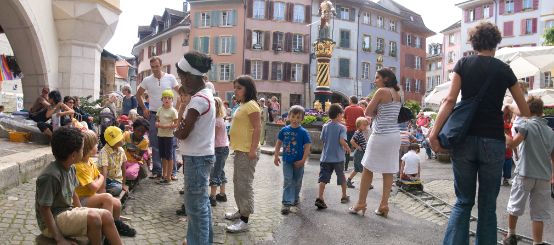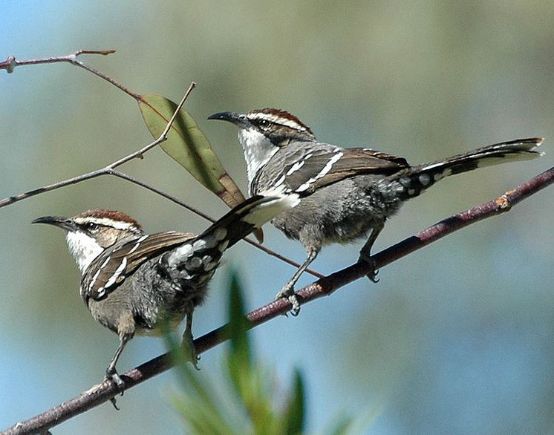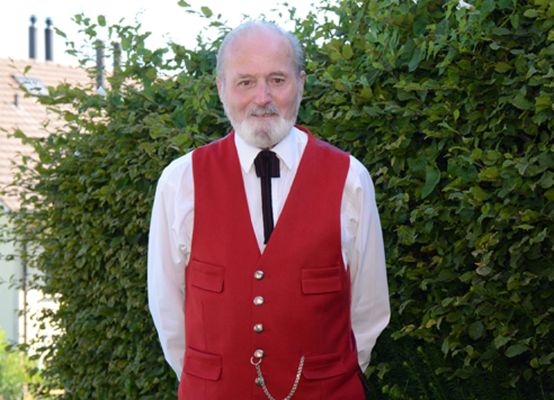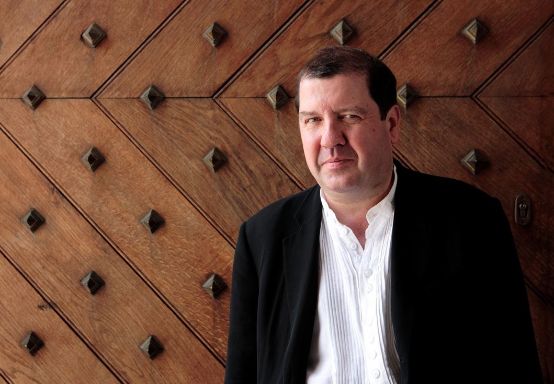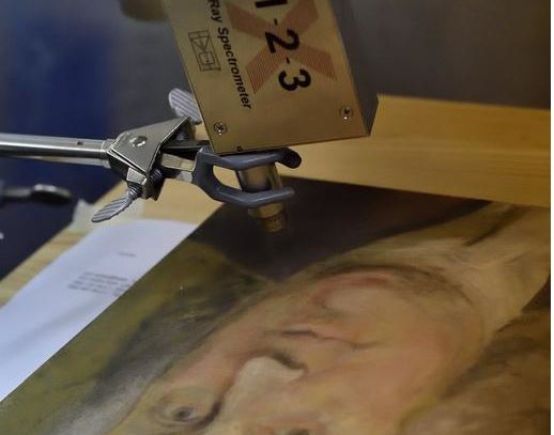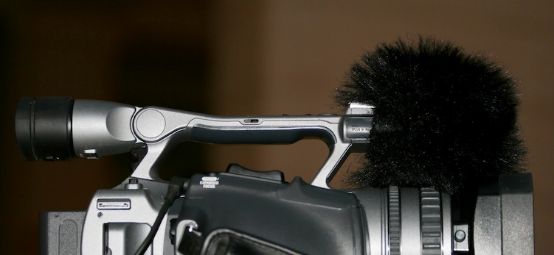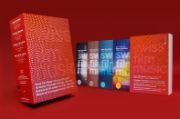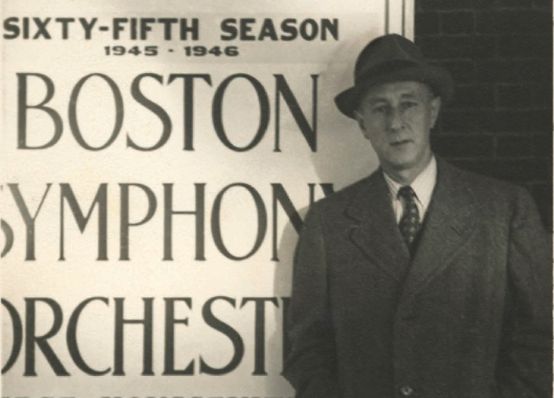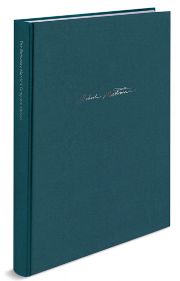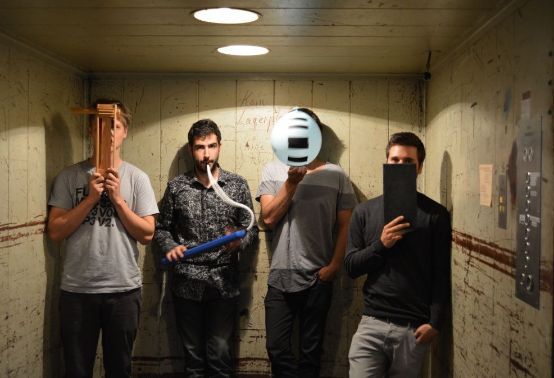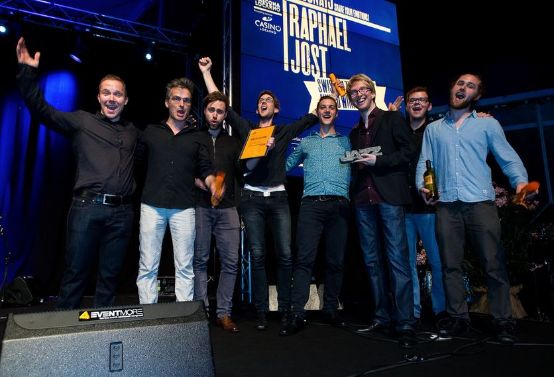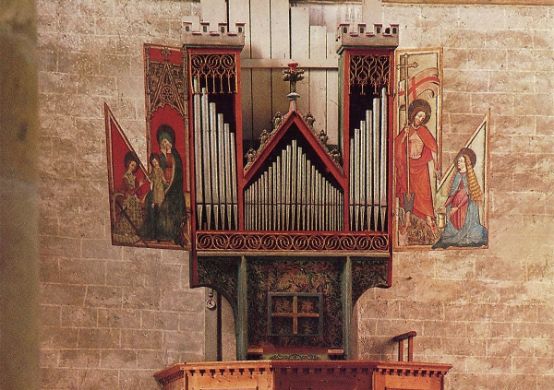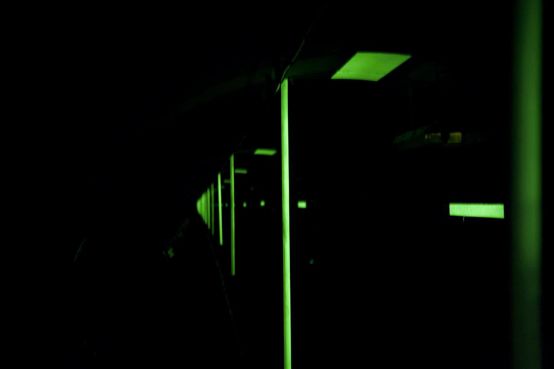End of the Interjurassic Cultural Commission
The governments of the cantons of Jura and Bern have decided to revoke an intercantonal agreement that served as the legal basis for the joint Interjurassic Cultural Commission.
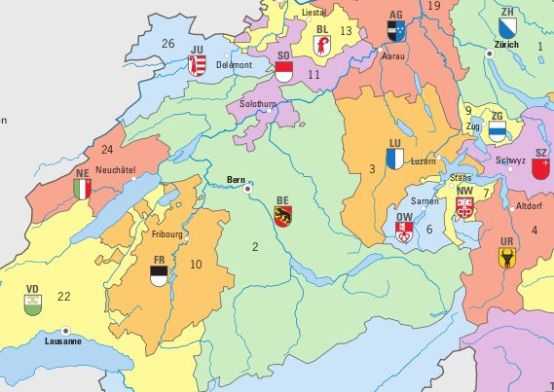
The joint cultural commission was responsible for cultural policy in the region and over the past ten years has, in particular, awarded training grants to French-speaking artists from the region. The commission will cease its activities at the end of August 2015. Its tasks will be taken over by the special interjurassic cultural commissions.
The commission was founded in 2005 by the cantons of Bern and Jura to "promote cultural activities with an interjurassic dimension". In particular, the commission dealt with issues submitted to it by both cantons following resolutions of the Interjurassic Assembly. It also evaluated the development and support of the joint cultural institutions, examined possibilities for the construction of new cultural infrastructures and awarded training grants to artists from the region. Finally, the commission served as an advisory body to the political authorities.
For the governments of the cantons of Bern and Jura, the Interjurassic Cultural Commission has contributed to bringing the two regions closer together culturally. They are grateful for the commitment of the commission members. In 2013 and 2014, the cantons of Bern and Jura jointly sought new tasks for the Commission. However, as a result of political decisions in both cantons, specific projects could not be implemented.
The result of the regional vote on November 24, 2013 in the Bernese Jura to initiate a procedure to create a new canton consisting of the Bernese Jura and the Canton of Jura prompted the Jura cantonal government to dispense with the joint cultural commission. On June 16, 2015, the cantonal government of the Canton of Jura terminated the agreement on the joint cultural commission. The cantonal government of Bern took the corresponding decision on July 1, 2015.
The Intercantonal Commission for the Performing Arts and the Intercantonal Literature Commission are not affected by this decision. They will continue to be available to both cantons with their expert knowledge. The ongoing business will be taken over by the cultural offices of both cantons.







